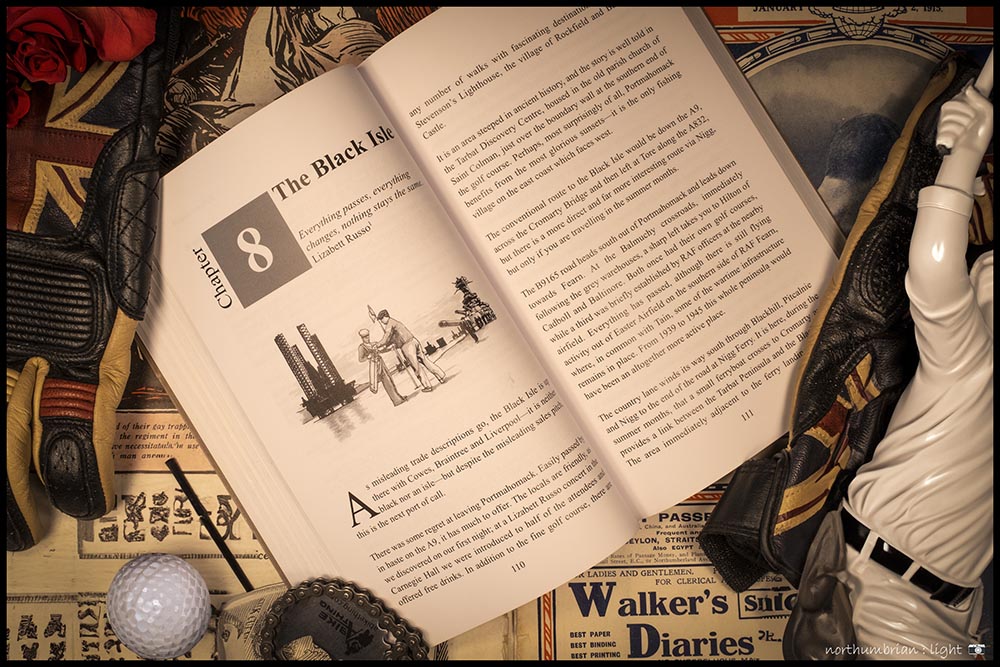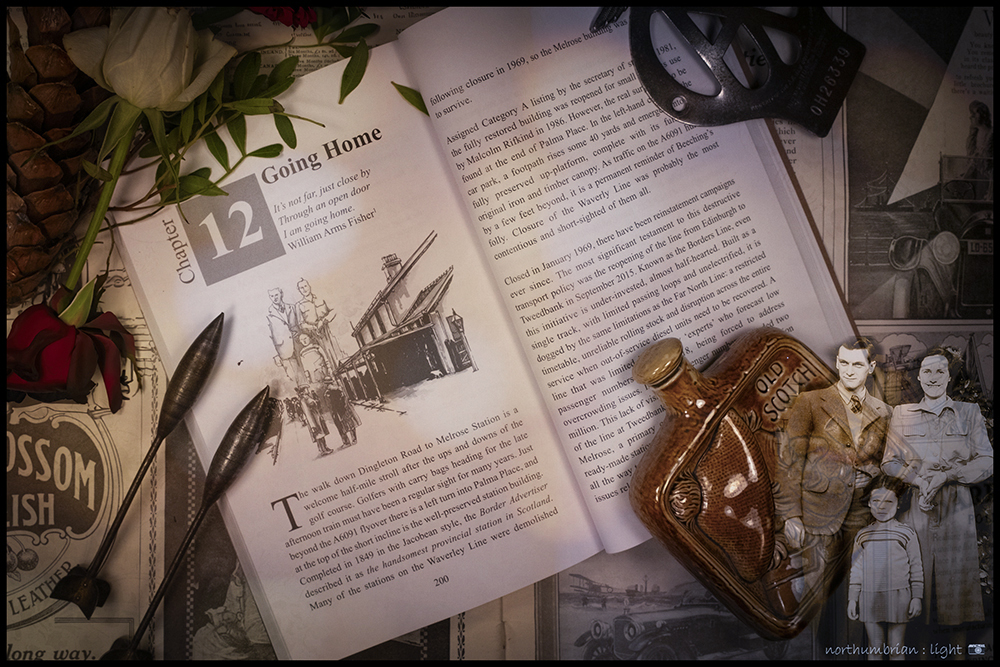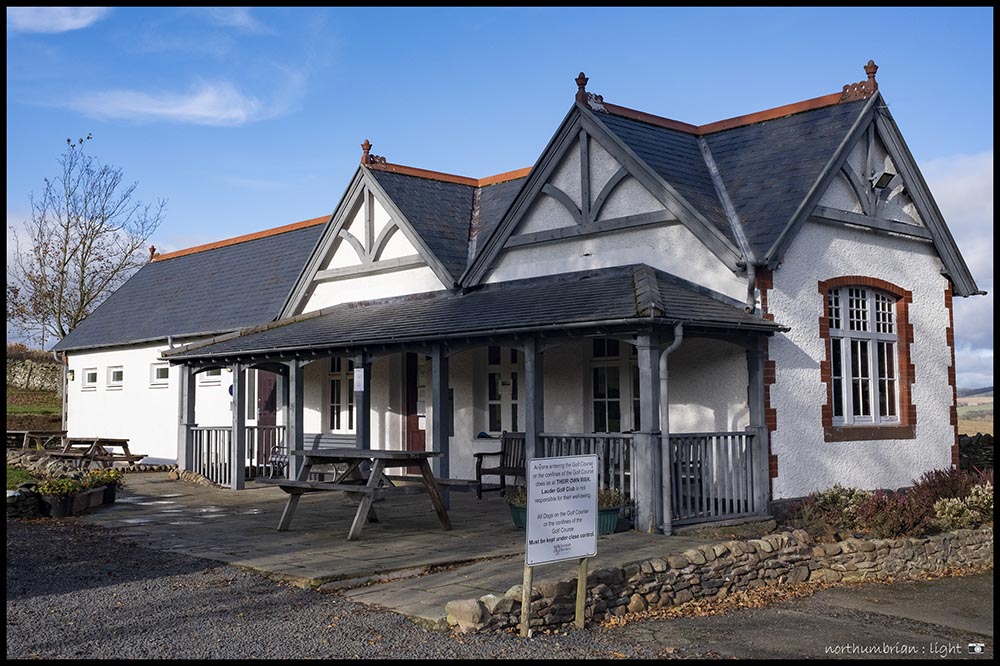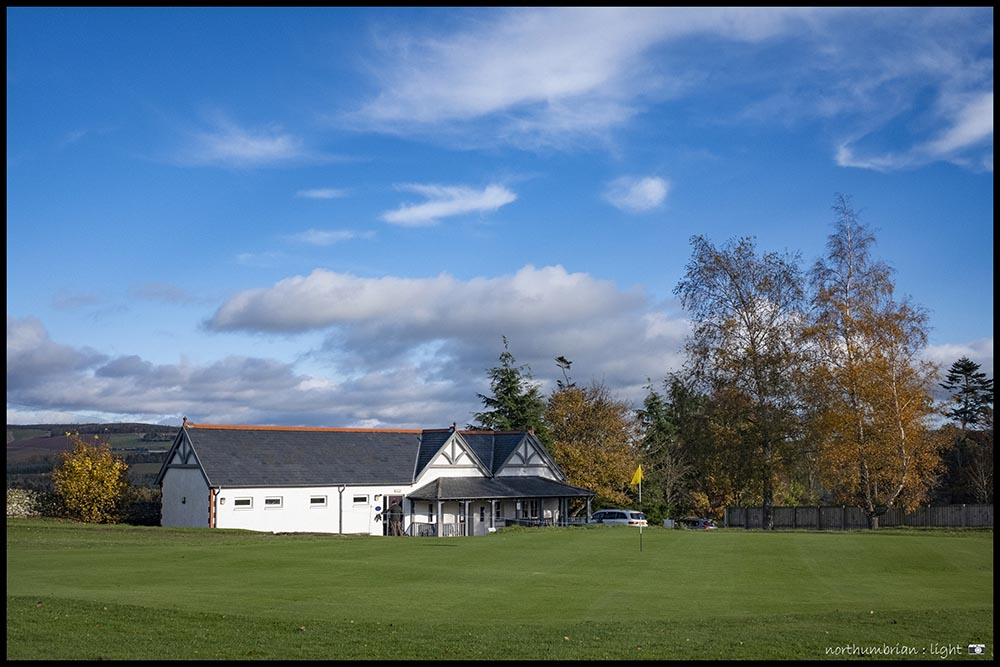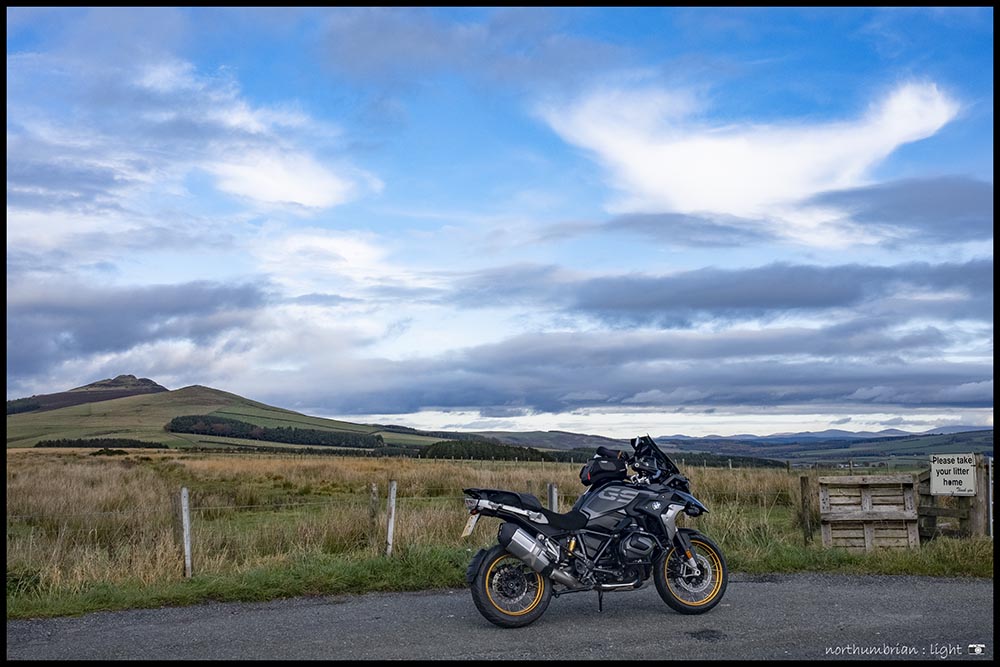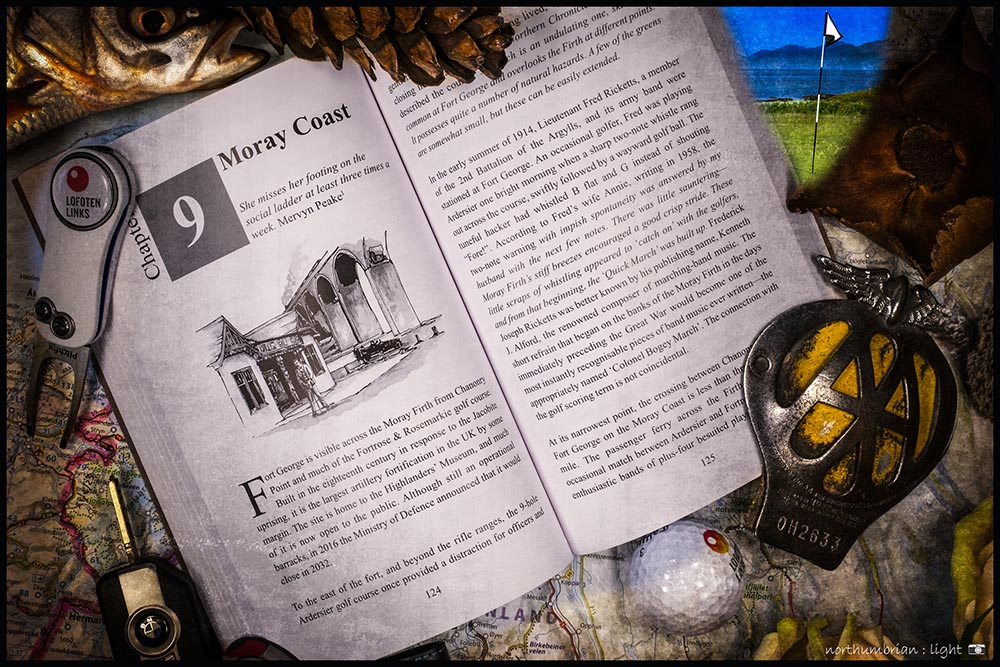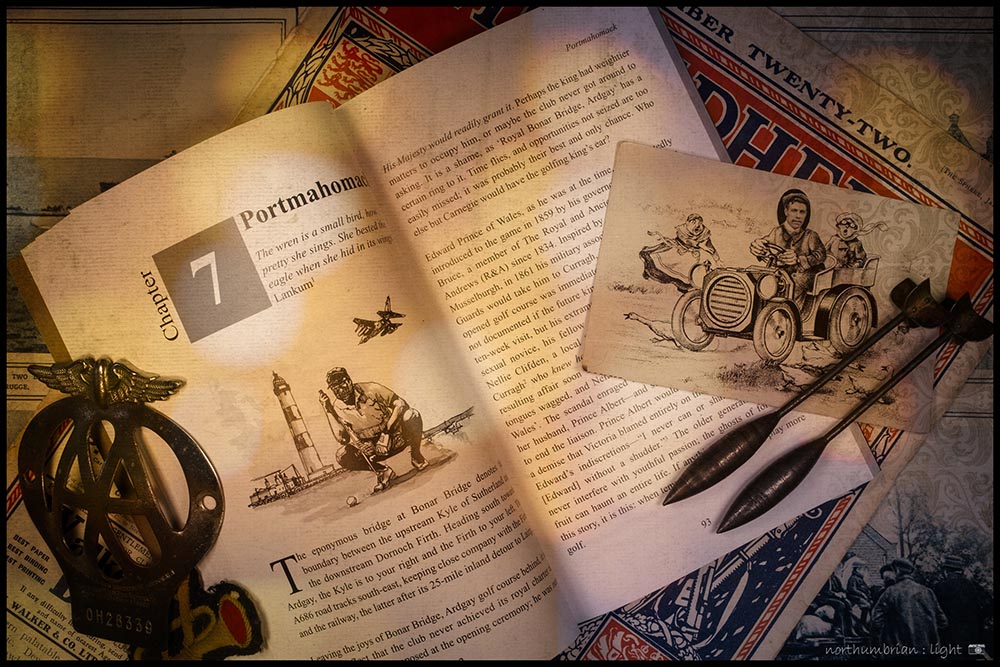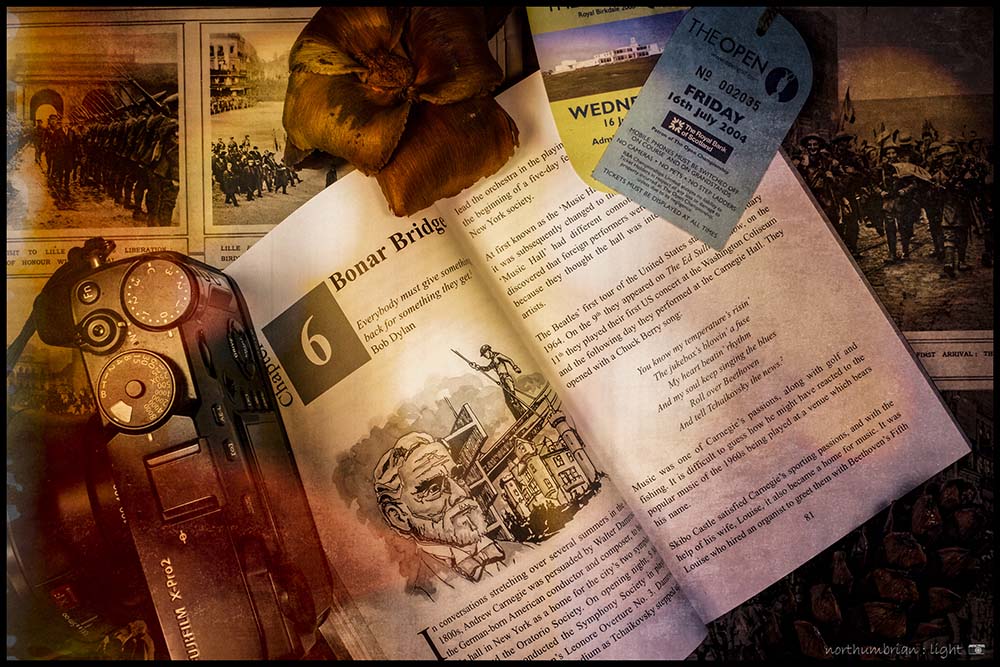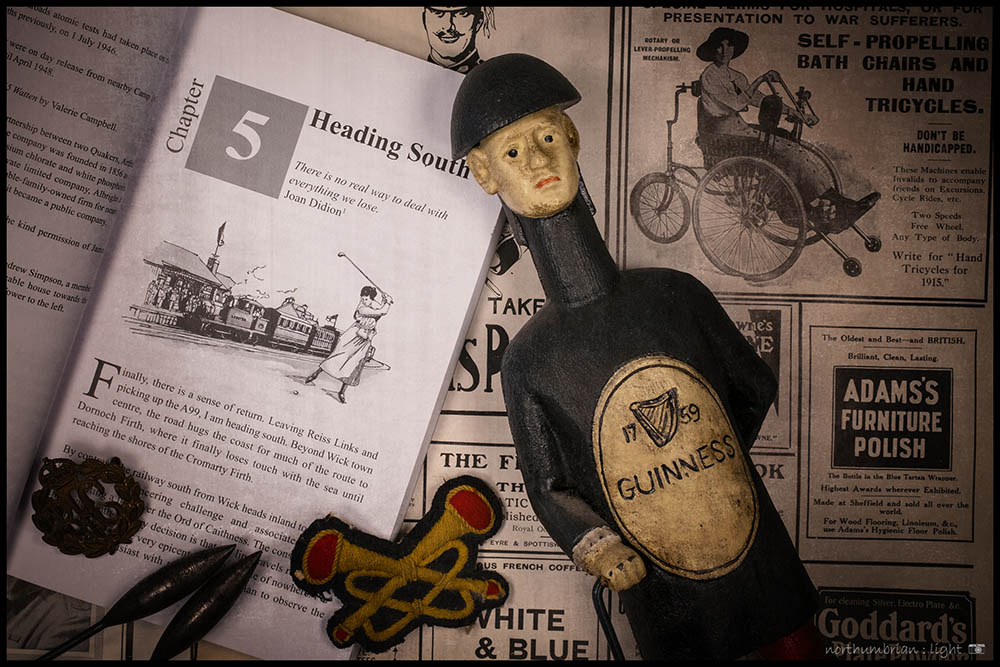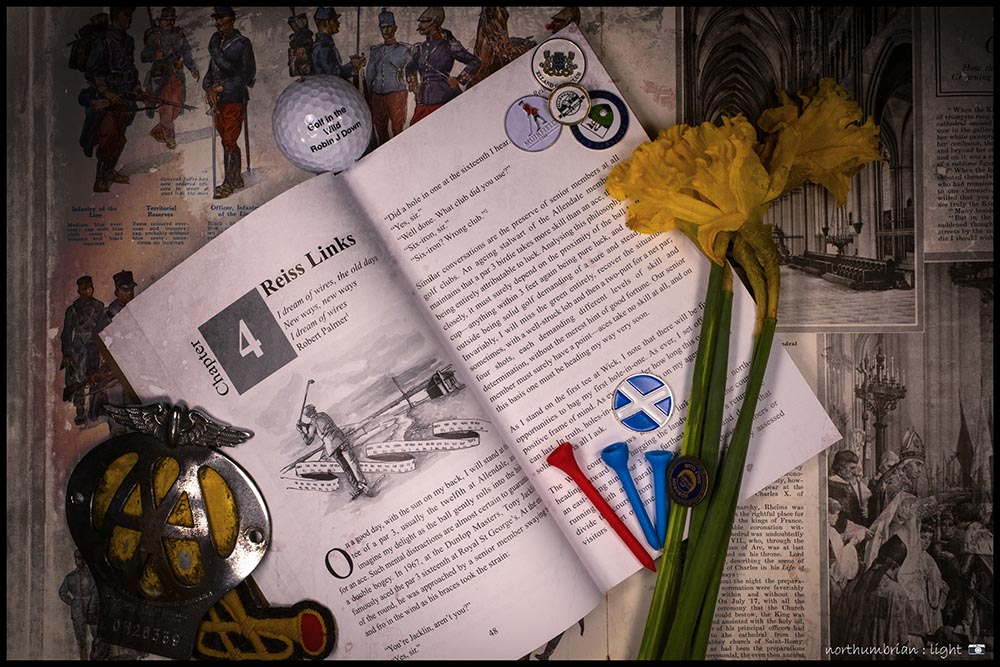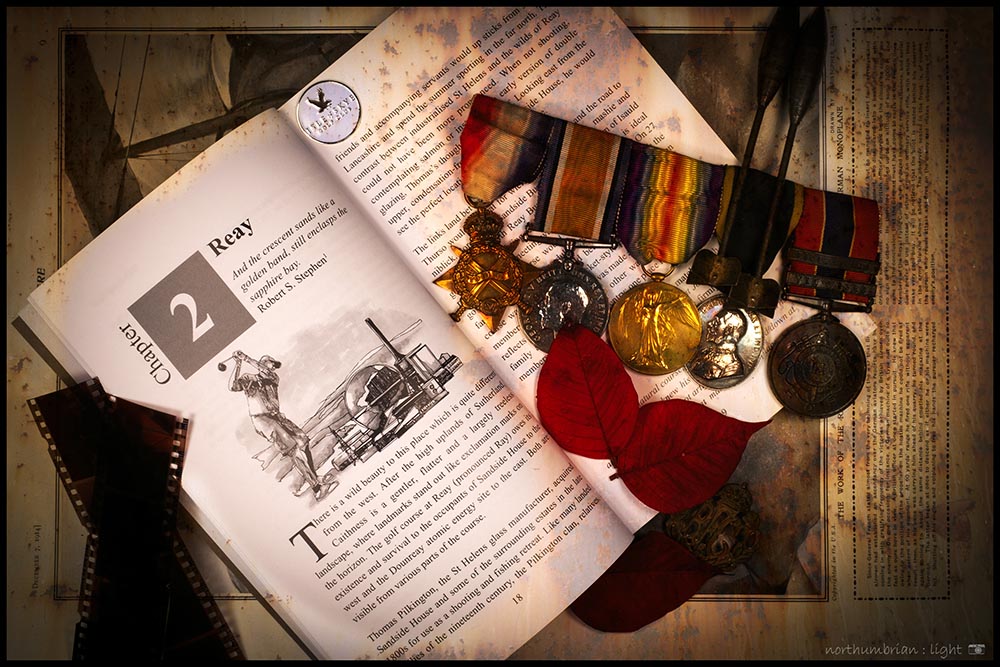Chapter 8: The country lane winds its way south through Blackhill, Pitcalnie and Nigg to the end of the road at Nigg Ferry. It is here, during the summer months, that a small ferryboat crosses to Cromarty and provides a link between the Tarbat Peninsula and the Black Isle. The area immediately adjacent to the ferry landing has also changed out of all recognition. Face north from the jetty, and the land to the left was once dominated by the magnificent Dunskaith House, destroyed by fire in 1960. To the right is the collection of buildings that once formed the Nigg Ferry Hotel and, behind that, the rough ground that served as the golf links, variously known as Castlecraig, Nigg and at one time Cromarty Golf Club. The course has all but disappeared, except for imagined traces of tee boxes, fairways and bunkers—all that remains of the groundsman’s pains for the rest of time and a day.
The club was originally founded as a private 9-hole course in 1890. Storm-blown sand created what was thought by some to be the finest natural course in the world. A description is included in a 1904 edition of Golf Illustrated magazine:
The course lies along the beach, a magnificent stretch of sand, and is of great variety. There are many natural hazards. The turf is all that can be desired, being in the centre of a large stretch of bent. The greens remain much as they were formed by nature, only raking and rolling being necessary to keep them in excellent condition. Whin, broom and bent are the punishments of erratic players, but the good golfer can appreciate the exceedingly fine pieces of sandy turf. Large natural sand holes await the unwary on every hand.
The ten-minute ferry from Cromarty, encouraged golfers to cross the water from the Black Isle and visits by the Home Fleet to Invergordon every spring and autumn, meant the course was well patronised to the point of congestion. In October 1908 the proprietor, Colonel Ross, presided over a meeting to discuss possible course extension. Captain Evans of the Dreadnought had suggested that as it was probable the fleet would often be in the Cromarty Firth during the next few years, it would be a great convenience to the officers that the course be extended to eighteen holes. With the full weight of naval command behind the proposal, the motion was duly carried. The significant costs would be met by doubling annual subscriptions and it is expected that the golfing officers will heartily cooperate. Golf was a game for the senior ranks. There is no mention of access for naval ratings. Press images from the time show sailors in uniform, carrying bags for their superiors. They were known as ‘tar-caddies’.
The design of the extension was undertaken by Alexander MacHardy, Scotland’s forgotten, turn-of-the-century golf architect responsible for laying out a wide variety of Scottish courses across the Highlands (including Lochcarron4). The new layout totalled 5,055 yards and is described in detail by Alexander Polson, the Nigg schoolmaster, in his book, Easter Ross:
The holes provide plenty of variety, both with regard to length and difficulty. There are two splendid short holes surrounded by natural hazards, a ditch having to be crossed in each case. About eight of the holes may be reached by the long player with two strokes, but for the average player they mean three. Three of the holes are three-shot holes, the others being drive and iron or drive and pitch. The hazards throughout are natural, there being only one or two artificial bunkers.
